By Rick VanSickle
Are Ontario winemakers ready to take that first tentative step, whatever that might be, in establishing a hierarchy system for the province’s top vineyards?
Put another way, is there any common ground in naming names when it comes to the finest pieces of ground in the region in which to grow grapes and elevating their status to a home-grown solution akin to a “cru” vineyard or, as one respondent to a recent survey conducted by Wines In Niagara called it, Distinguished Vineyards of Ontario?
The answer is a resounding YES, NO and MAYBE so. One thing they can all agree on — there’s plenty of interest to discuss the concept over a few glasses of single-vineyard wine and at the very least probe whether or not if it’s a project enough people are willing to take part in. But where to begin?
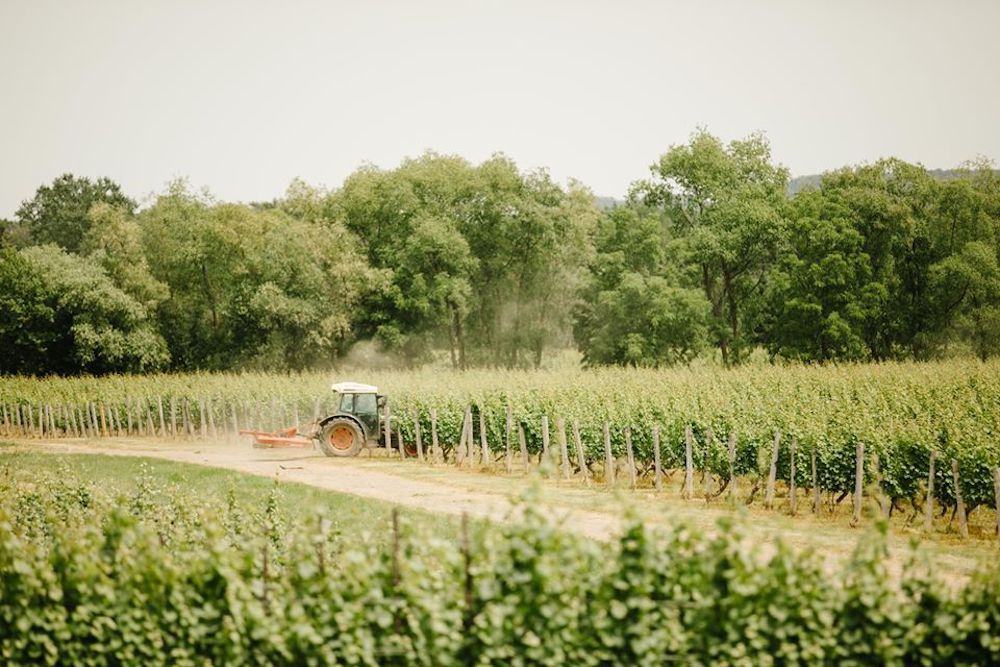
I think there’s widespread agreement that not all vineyards in Niagara are created equal, not unlike every other wine region in the world. In terms of the key VQA appellations in Ontario — Niagara, Lake Erie North Shore and Prince Edward County— there are wines that consistently perform at the highest levels and they generally come from the best plots of land in the hands of established winemakers.
So why the hell not separate the wheat from the chaff, allow some room for enhanced labelling and elevate vineyard status over producer?
It’s already happening. Have you ever seen a bottle of Trius Showcase Ghost Creek Riesling? The vineyard, Ghost Creek, is the most prominent printing on the bottle. Thomas Bachelder always places more importance on the vineyard than anything else on his labels aside from “Bachelder” and refers to “cru” in marketing material for his two releases a year. The largest print on a Cave Spring Vineyard Riesling label is CSV. None of the five winemakers who are fortunate enough to get any of the Lowrey Vineyard Pinot Noir would ever neglect to highlight where the fruit comes from on their labels. It’s a point of pride.
There are already vineyards in Niagara that trump the sub-appellation in terms of knowing what you are getting. Wismer-Wingfield, Wismer Foxcroft, Locust Lane, Rosomel, Le Clos Jordanne, Mottiar, Ravine, Southbrook and Robyn’s Block are synonymous with personable Chardonnay in Niagara. And let’s not overlook Prince Edward County — what about the Rosehall Run Chards and Pinots and the Old Third Pinot? Some of these are estate owned and only one producer uses the fruit (Hidden Bench, Les Clos, Malivoire, Ravine, Rosehall, Old Third and Tawse), but why should that matter? After all, if you use the Bordeaux model of hierarchy, each wine in every classification is singular from the estate vineyard.
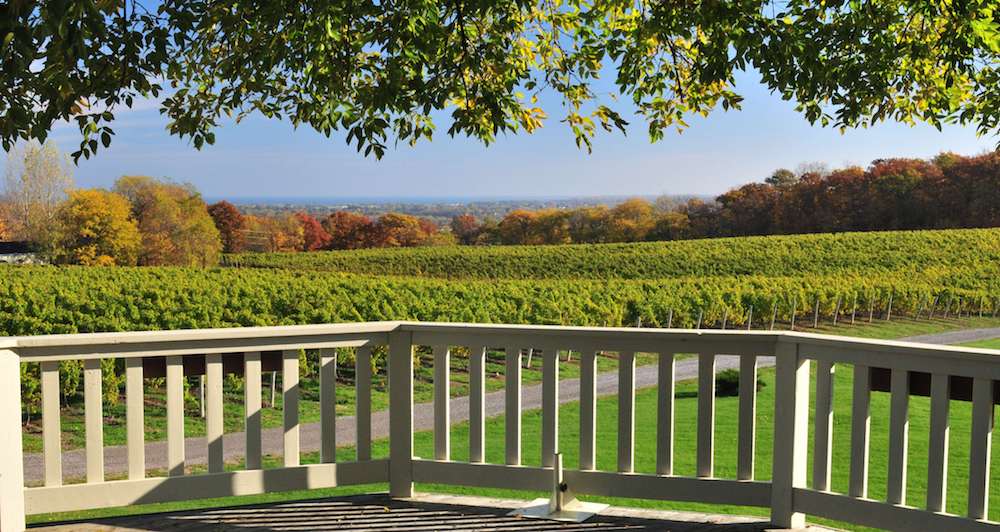
In terms of Riesling, think St. Urban Vineyard, Triangle Vineyard, Short Hills Bench, Cave Spring Vineyard, Ghost Creek Vineyard, Picone Vineyard, Nadja’s Vineyard, Felseck Vineyard and many others. These vineyards, in many ways, tell you more about the Riesling in the bottle than who produces them — think Vineland Estate, 30 Bench, Trius Showcase, Charles Baker, Flat Rock and Hidden Bench.
Pinot Noir vineyards would be next on my terroir hit list of vineyards that speak loud and clear about terroir over producer. And let’s not forget about some of the famous vineyards that have proven consistent quality for a far greater period of time than the new kids on the block: Pillitteri, Konzelmann, Marynissen, Paul Bosc Vineyard and Braeburn Vineyard, again, to name a few. And there are plenty of new vineyards on a path to becoming what could be deemed a “cru” vineyard — Stratus, Icellars, Two Sisters, Fielding, Leaning Post and Strewn, again to name a few.
In the survey sent out to over 25 winemakers, owners, growers and wine journalists recently, when asked to name their top five candidates for elevated status, these vineyards rose to the top of the heap: Hidden Bench (Rosomel, Felseck, Locust Lane), Cave Spring Vineyard, St. Urban (Vineland Estate), Moira and Mottiar (Malivoire), Thirty Bench (Triangle, Wood Post, Steel Post), Lowrey Vineyard (original Five Rows), Wismer-Foxcroft (or variations), Le Grand Clos Vineyard (Arterra), Robyn’s Block (Tawse), Nadja’s Vineyard (Flat Rock), Saunder’s Vineyard, Queenston Mile Vineyard, Picone Vineyard, Montague (Inniskillin) Paul Bosc Vineyard and Rosehall Run Vineyard (Prince Edward County).
On all the other issues proposed to them (the respondents were guaranteed anonymity), there was great division. Here’s how it broke down with a wide range of comments.
Do you think Ontario is ready
to establish a “cru” system?
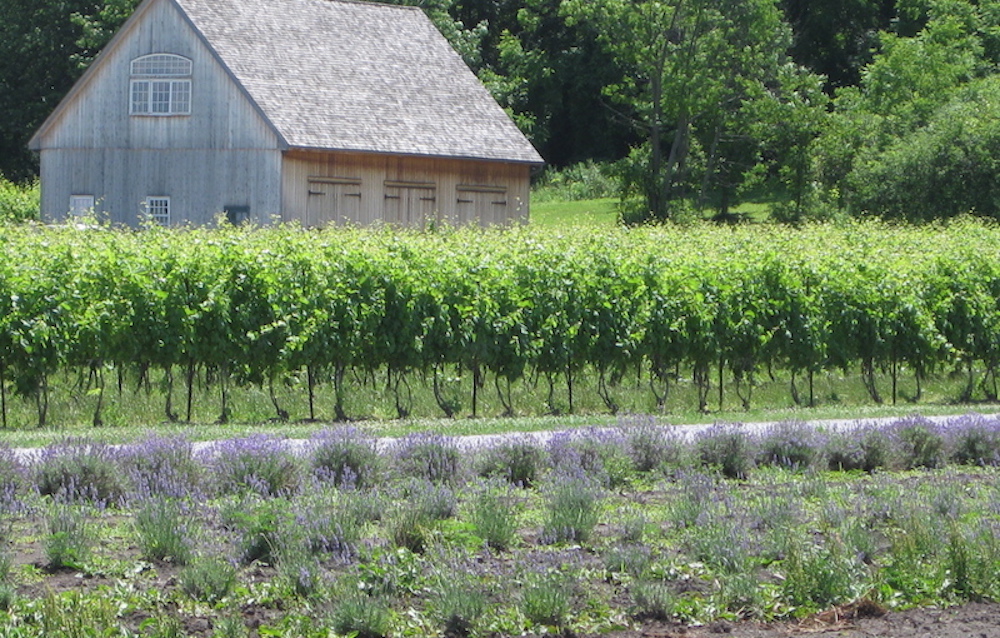
“Absolutely,” said one respondent from the Bench. “We have been producing vinifera wines in Niagara for more than 50 years now and site specific wines for almost the same length of time.”
Another respondent believes that before we get too far out of the gate, “let’s define a cru system first. Cru is a regional wine classification that designates a vineyard known for its ‘favourable reputation in producing wine.’ ”
Another winemaker agreed: “I do believe we are ready to start the process of identifying which vineyard sites and varietals help best define Niagara terroir. Not sure about calling it a “cru” system, but the nomenclature can get sorted out along the way.”
The NOTL viticulturalist added: “It is not a classification of wine quality, but rather an indication of vineyard or terroir potential. Therefore a grand cru wine does not mean a wine is better than a cru wine or a $14 entry level wine. For Canadian consumers it will create a degree of confusion, as they will believe that a cru designation will be an indication of wine quality. I don’t believe the consumer is ready for it but it would be good for marketing.”
Another respondent argued, “it would have to be sub-app based, but there are many sites that have proven over time to be world class and consistent. VQA sub-apps need more focus and industry alignment from a marketing perspective. The consumer has no idea what they are except a few, but perhaps a “Vineyard Cru” approach as a way of driving greater awareness? We need to align on varieties in each sub-app which would qualify for cru status also, which I think is pivotal.”
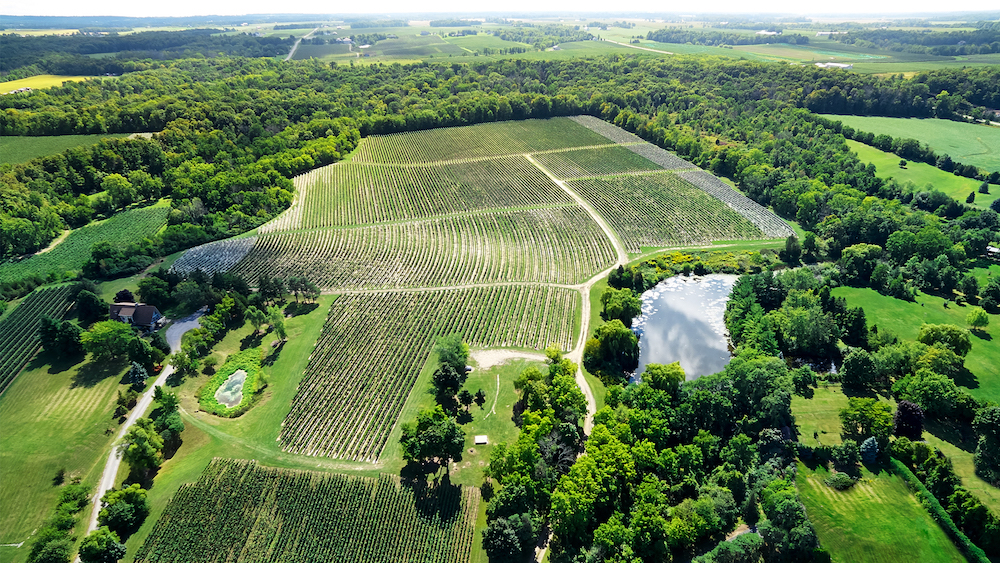
Another veteran Niagara winemaker is a bit more concerned about embarking on this venture: “I’m not sure if we are ripe for this. It could create a lot of controversy as we lack a lot of information. And the consumers might not follow us or understand this concept. I know it is different but we already have a hard time conveying the 13 appellations we have just in Niagara,” he said.
One other winemaker gave the idea of an elevated vineyard status an emphatic NO. “I don’t think Niagara is ready. France started classifying according to observations by the monks back in the 12th century so land owners have had 700 years to get used to the idea that grapes from this place get 100% of the price, while grapes from that place get 85 or 90% of the price (per tonne). I can’t see any support from the Grape Growers of Ontario for something like that. cru ratings are far too bourgeois for a lefty like me. Who rates them, who polices them, who holds them to account if they rest on their laurels?”
A wine journalist who answered the survey had problems with a “cru” system similar to Burgundy. “I’m more open to the idea of a vineyard “ranking” similar to 1855 in the Medoc. It could be based on vine age, average selling price of wines produced from that vineyard over the past 20 or more years, and/or some other measurement of public/wine community perception. I think it should include all three Ontario DVA regions, as there are historic vineyards in PEC and on Pelee Island.”
A veteran winemaker in Niagara-on-the-Lake worried about timing. “It would be nice, but can it be done anytime soon? VQA may have concerns about this. There will be significant challenges that come along with government regulated sales distribution, pricing and control.”
What would be the minimum age
vine for a “cru” vineyard?
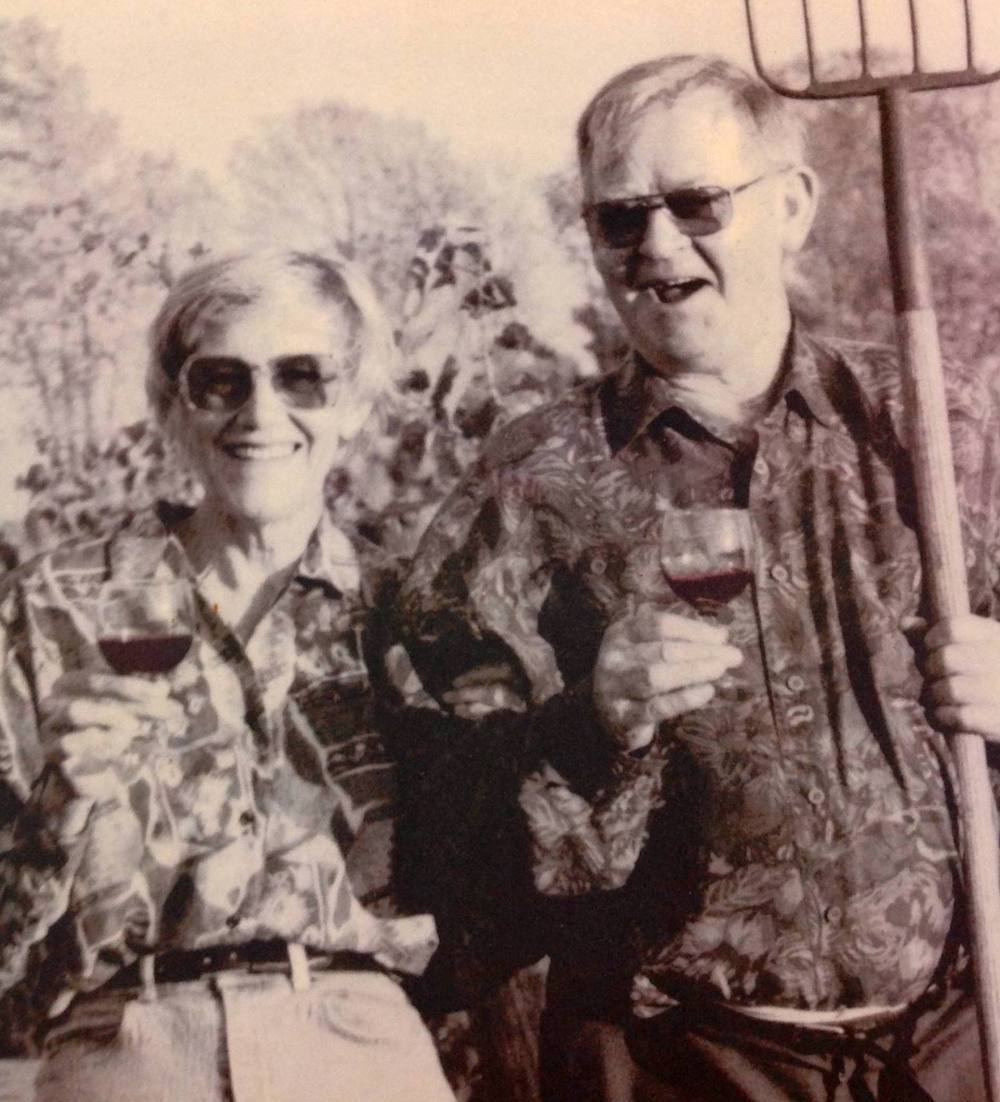
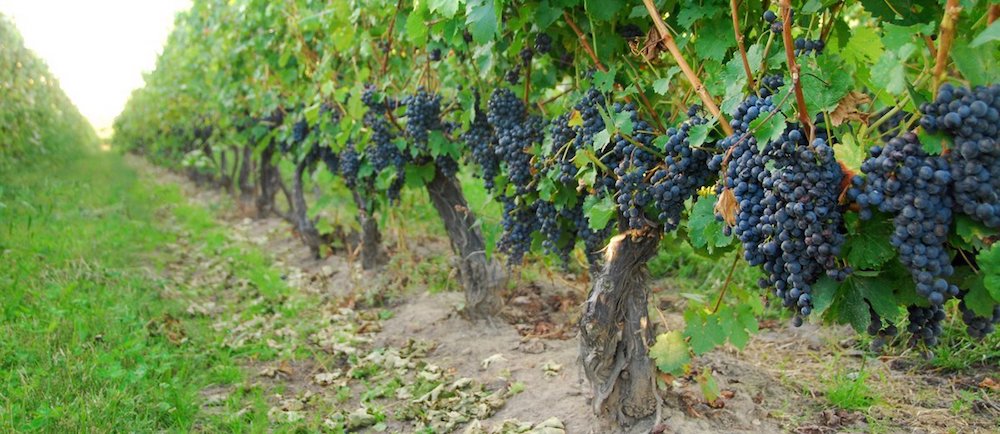
This was a tricky question and the answers ranged from 10+ years to 35, but most fell in the 20-25 year range. It’s an area of debate that will be contentious. Many of the older vineyards in a harsh climate such as Ontario are heavily replanted, mainly due to severe winters. You might have to bow to an average vine age in an elevated vineyard, and that’s largely dependent on the quality of the farming through the ages and where that vineyard is located and who has farmed it.
What do you think the main
factor is in determining a “cru”
or elevated vineyard?
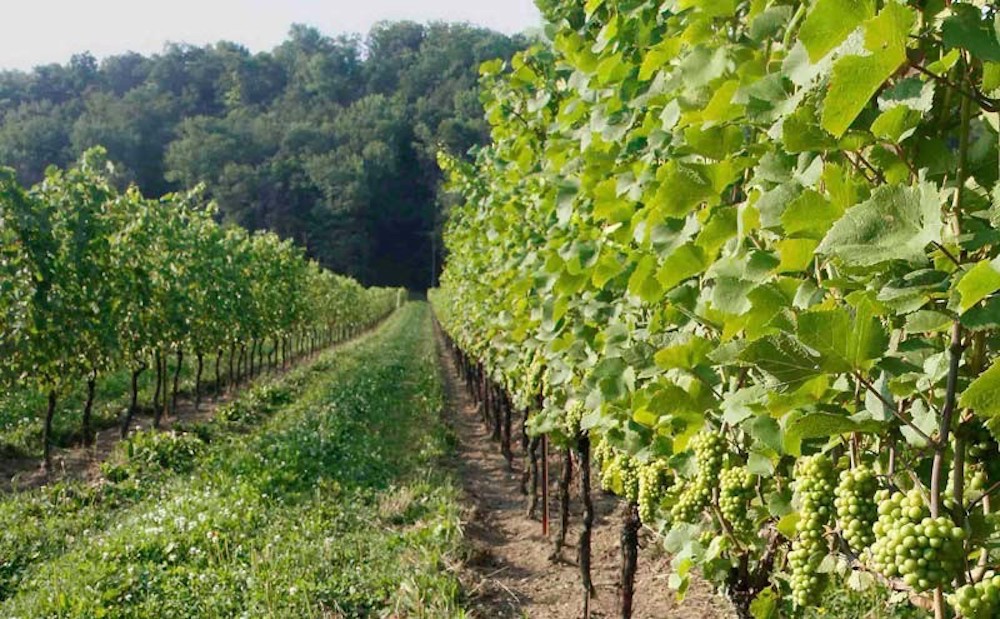
This comment succinctly sums it up: “Consistency and uniqueness of wine produced from the parcel.”
Another respondent went into a bit more detail: “It’s a long list. An independent inspector, no buddy system. Winter hardiness of the vineyard. Continuous cropping history. Amount of vine replacements per year. If you have a 25-year-old vineyard and you replaced 25% of it, it can’t be a cru vineyard. VQA ratings for wine quality for sure. The sub appellation is fine but international awards would be a better indicator.”
Other thoughts:
• “One would need to restrict the of grape types and/or blends: Pinot Noir, Riesling, Chardonnay, Gamay and (to perhaps a lesser extent) Cabernet Franc are the best at expressing micro-terroirs and elevation and aspect — they also grow the best here, and produce reliable results, year-in-and-year-out. Trellising and row spacing and yields would have to be taken into account, said one winemaker, adding: “Monopoles are a current barrier to establishing a “cru” system There should thus be multiple versions made – at least two – of a given vineyard so that one can verify that it is not just the winemaker’s style talking. It would also be great publicity for the cru system to have multiples out there for “monopoles” like Mottiar, Moira, Le Grand Clos, Claystone, Talon Ridge, Stratus, Flat Rock, Robyn’s Block, Picone, 30 Bench, Stratus, Château des Charmes, Montague and Queenston Mile (etc.). My suggestion is thus that inclusion could require other winemakers making a rendition – at least for a few years.”
• “A thorough analysis of the quality of the terroir including vine age, soil quality, slope, aspect, GDD, and FFD. Possibly also average selling price or overall media ranking over the past 10 to 20 years.”
• “I’d say consistent history of success in terms of overall vineyard health, grape quality and resulting wine quality.”
• “Performance quality from vintage to vintage, health of the vines, soil structure. Consistency, price and prestige in market, reputation for excellence, expression of site vs. winemaking intervention. Age of vines, health of vineyards, consistent noteworthy recognition.”
• “There are so many factors — and this is where the debate could get muddy. If I had to pick one, it would be a demonstrated consistency of terroir through a library of single vineyard wines made by different winemakers.”
Would you support a movement
for VQA to establish a cru
classification system in Ontario?
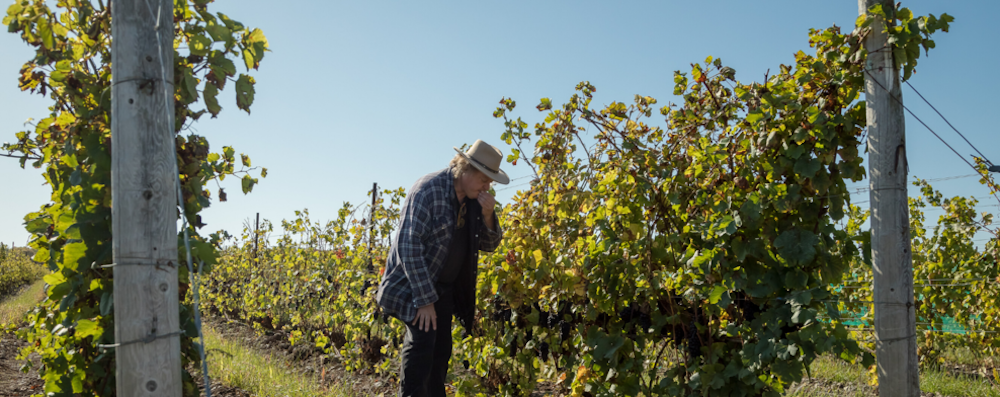
This was a loaded question, and many respondents were not in favour of VQA administering a possible tiered system for unique vineyards. Most would rather see a grassroots evolution to recognizing “cru” vineyards in Ontario. More like a “made in Ontario” approach driven by interested parties. Here are some of the comments:
• “NO NO NO NO NO. NOoooooooooooooooooo.”
• “Maybe not a cru (system), but in association with the GGO, the recognition of a type of VDP for vineyards. A tiered system.”
• “Proof is in the pudding. I’d have to see details of what is being proposed first. Tell the proponent to write up a list of rules to circulate.”
• “Yes, (but Rick, get yourself a flak jacket!) count me in. I think at first it should be restricted to Niagara’s 12 top vineyards and there should be a tasting of three consecutive vintages by a panel of informed writers — and not left to the wineries who will have a vested interest.”
• “I would be happy to explore and listen, but without wanting to sound negative, it is a long way to getting it done.”
• “No, I don’t think that there is enough verifiable information or historical data to make an accurate and fair judgment.”
• “Yes, I most certainly would. I would also support the addition of several new sub-apps (creating Grimsby Narrows, creating Jordan Bench and Vineland Bench). And, most importantly – the admission of wines from ‘Vinemount Ridge’ into VQA Niagara Escarpment blends.”
• “I would be supportive of this initiative if done in a thorough and fair way, so as not to elevate certain vineyards for a marketing bonanza, but to truly define the best spots to grow certain varietals for future generations.”
• “I would, but it would be a long and contentious process to say the least.”
Any other thoughts on this?
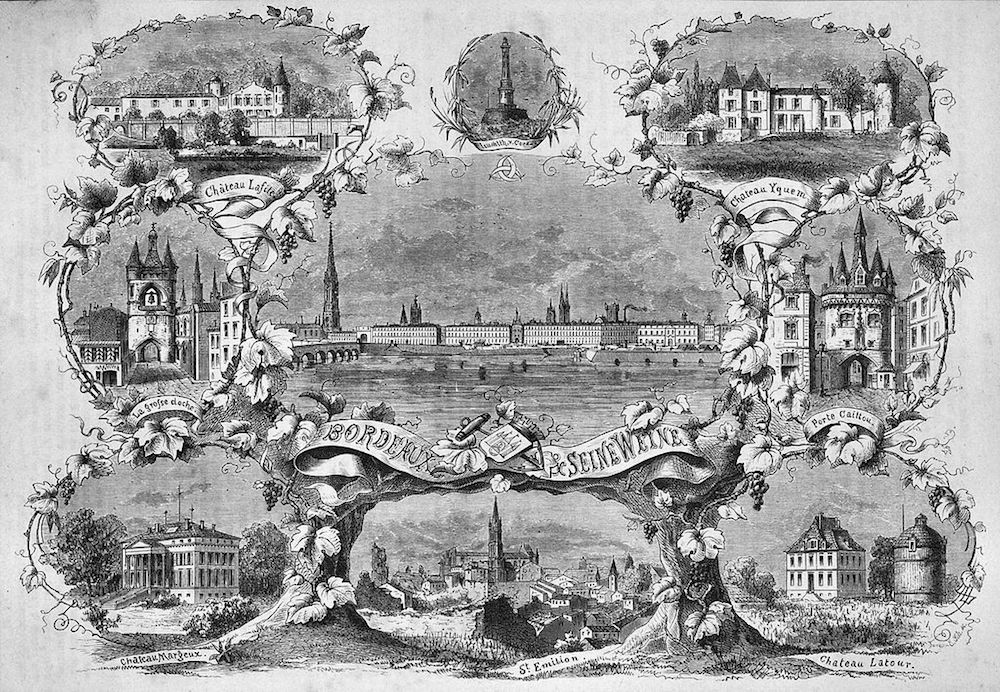
I left this question open-ended to delve deeper into this topic. This was a smattering of responses:
• “Unfortunately, with our poppy field mentality in this country, I believe this effort is doomed to failure because we would not want to recognize a vineyard, grower or winery to be better/ superior to another.”
• “In France, the (AOC) controls the ‘grand cru’ definition but it is a bit confusing since its meaning changes based on region. At a high level, grand cru is a regional wine classification that designates a vineyard known for its ‘favorable reputation in producing wine.’ Technically, it is not a classification of wine quality, but rather an indication of vineyard or terroir potential. It is the highest level of classification of AOC wines from Burgundy or Alsace. The same term applies to Saint-Émilion Châteaux, although it does not represent the top tier classification. In Burgundy, premier cru is immediately below grand cru, and is also known as 1er cru. This can get extremely confusing even for wine aficionados with advanced knowledge. Do Canadian producers have a right to use ‘grand cru’ on their label? Meaning, are there any laws that prohibit the use of such a term in Canada? On one hand, there are a number of agreements signed to protect geographic indications on an international level. The International Agreement of Trade-Related Aspects of Intellectual Property Rights (TRIPS) administered by the (WTO) is one of those agreements. Many signatory countries have agreed to protect Geographical Indications (GIs).”
• “I have many potential red flags waving in my head, but the two most prominent are climate change and the rapid spread of grapevine leafroll virus and red blotch virus in our region. Both of these challenges could render even the ‘best’ of vineyards to a shell of their former selves. However, if we take a long view of things, neither of these challenges could deny that a certain vineyard had a prolonged stretch of time producing consistent, quality fruit and standout wines. If certain blocks were shown to be infected, then efforts could be made to replant those ‘cru’ sites with the best suited clones and rootstocks.”
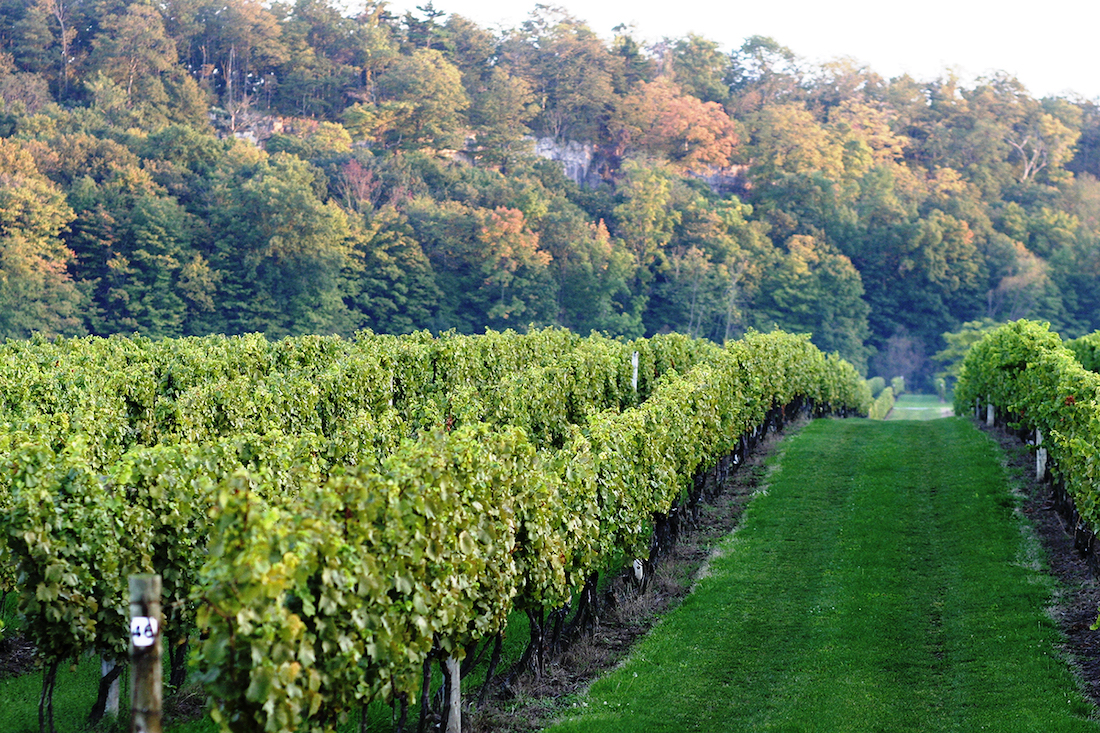
• “This is sure to open up a Burg vs. Bordeaux discussion on how to frame such a concept and as you know there are many loud voices on both camps.”
• “Interesting to know where farming enters the conversation. In other words, do organic or biodynamic vineyards score extra points over conventionally farmed vineyards? I’d like to see more attention paid to sub-appellations and which varieties are proving themselves to perform best in which sites before we get to the ranking of vineyards.”
• “Calling them “crus” is the best idea. Starting with crus (as in Beaujolais) — and leaving “1er” or “grand” modifiers out for the moment — may be the best way to start this classification system up with little conflict and disruption as possible.”
• “I’m not realistically sure if Niagara is ready to establish a “cru” system. Years ago in the west there used to be, I believe, a VQA Gold designation, which was a step higher than a normal VQA approval. It didn’t last long as it caused too much controversy. I know how hard it is to get a consensus on rules and regulations, whether it’s approving new wine closures or grape varieties. Figuring out the main factors for cru would be enormous. If, for example, (a potential crus vineyard) was granted such a designation because of age of vines, quality etc., small estate wineries, I’m guessing, would have major issues that their grapes are not as old but the quality is just as good and they can’t get the price of a cru designated wine. Should all appellations qualify? Should there be one cru vineyard from each sub-appellation? Could you lose your cru designation? All difficult questions, I am sure there would be a lot of different opinions on this.”
Can an elite status system
ever work in Ontario?
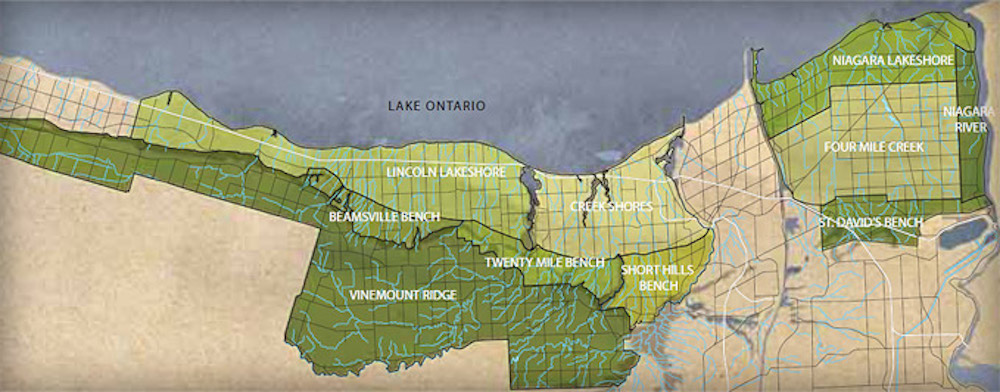
That’s a big, wide open question. More than a quarter of the respondents to our survey were firmly in the Yes category, a few were firmly in the No category and the majority were in the Maybe category, meaning they were at least willing to listen to ideas.
It’s a complex subject to get your head around, and many people have hard and fast opinions on what it should look like. I thought this comment, from a veteran Niagara winemaker, who only responded to the survey with these thoughts, spoke for more than a few.
“This is a good conversation to have, and we have a lot of cumulative experience in many of the winemakers and viticulturists within my cohort (experience in the region for 20-25+ years) who we should tap into to start developing a map of the best zones within our sub-appellations,” she said. “To identify cru vineyards brings us to the question of which variety(s) best express terroir or at least bring forward a typicity of the region and unique and identifiable traits by individual vineyards. If we identify two or four varieties that best represent Niagara Peninsula, and then start looking at data (consistent single vineyard production of wines annually to objectively evaluate), we run into problems of not having enough data. This can be remedied by getting started, and year by year improving and broadening while building up the data base.
“I don’t like the ‘opinion’ model because some vineyards sell grapes to many wineries, and there are many samples per year to evaluate, while other single vineyards are monopoles, resulting in one sample per vintage to assess.”
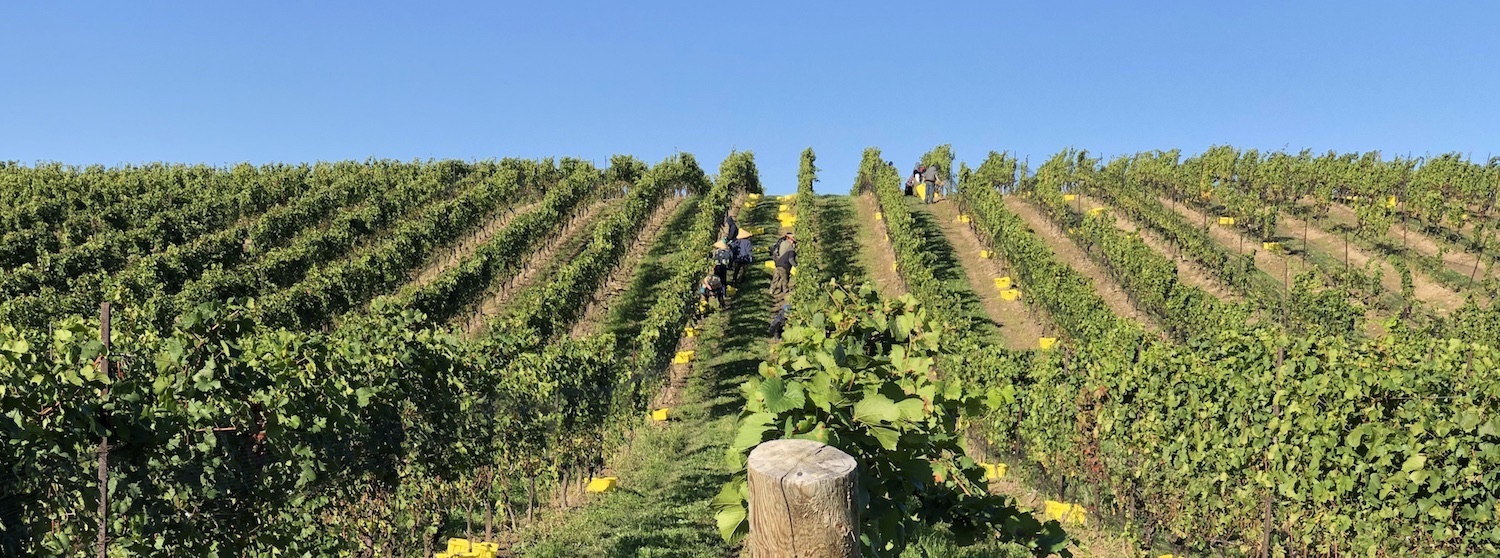
Of course, this winemaker is correct. All of the above needs to be discussed and debated. Too many of the respondents, and this is the fault of how the survey was presented to them, got hung up on the word ‘cru’ because it means something very definitive and is associated with a wine region that has hundreds of years experience, while Ontario is in its infancy.
Everyone needs to forget about what it might be called and deal with first steps. And No. 1 on that list is finding enough willing participants, free of VQA, Craft Wineries of Ontario and Grape Growers of Ontario input for now, for a grass roots initiative to openly discuss, informally, a road forward if, in fact, there is a road forward. What is there to lose but a few beers among peers discussing a complicated subject that can help in the evolution of the wine culture in Ontario.
Like or not, many vineyards in Niagara, most of them mentioned in this story, are already in big and small ways elevating their vineyards on their labels and marketing. Many vineyards already have greater appeal to wine lovers who are in the top 10 percentile of devoted Ontario wine collectors. They already know what it means to buy a Riesling with CSV or St. Urban or Rosomel or Picone on the label. They already chase the Lowrey or Le Clos Pinots, the Wismer-Foxcroft or Mottiar or Lenko Chardonnays (the list goes on and on). Should we not at least consider a system not unlike, say, the German Verband Deutscher Prädikatsweingüter (VDP) association of producers committed to top quality wine production? Or better yet, why not a made-in-Ontario system that addresses the needs of Ontario winemakers, consumers and wineries?
It’s not for everyone; no elite system of putting some on a pedestal while others languish below is ever without derision. Just look at the rocky road to the Vinters Quality Alliance. That was a war, a necessary one that ultimately laid down the groundwork for the success of the wine industry in Ontario today.
Will an elite vineyard
system work in Ontario?
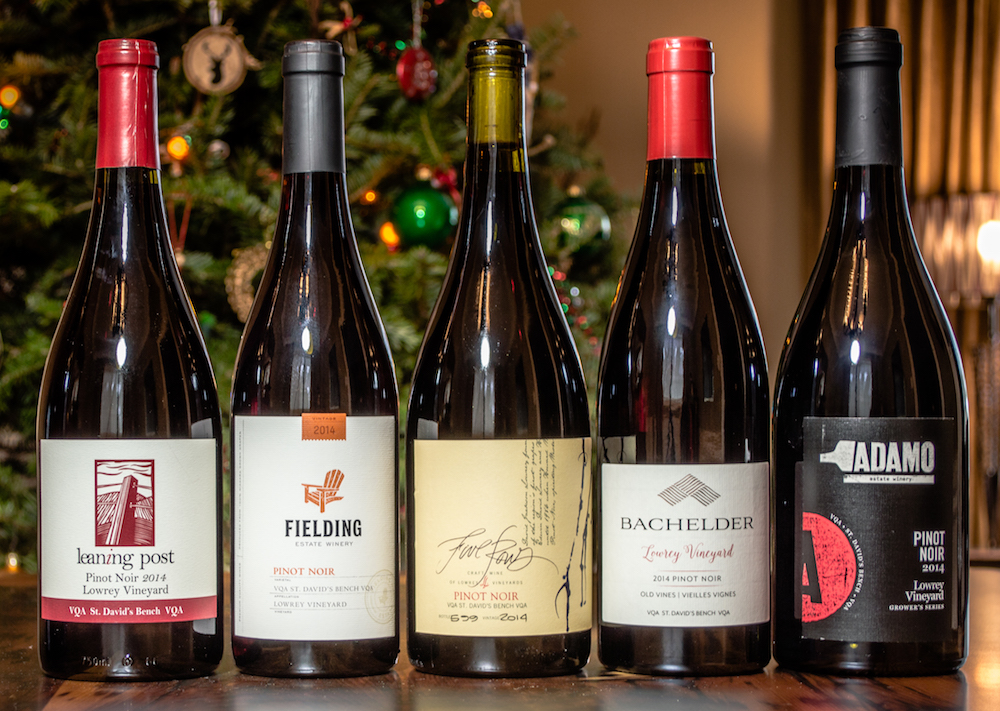
Knowing the people behind the responses I received on this, I am more optimistic now than I was the last time this subject was touched on here on Wines In Niagara in 2020.
Niagara is New World with a lot of personalities going in a lot of different directions. Only a very few wineries/growers have a vested interested in a cru system and even fewer who would put place over producer on a label. Understandable. This isn’t the Old World in 1855 and we don’t have a dictator in charge. But most would agree, there are at least a dozen Niagara vineyards and a few more outside Niagara, that have proven themselves to be distinct and perform at a high level year after year.
One thing is for sure in all of this; if it is even to be contemplated, someone will have to get the ball rolling, even if it means a quick end or a beginning to something potentially great. Who will reach out to a group of willing participants, small at first, quietly at first, to talk? Just talk. This is where we are with elite vineyard status.
All wine for thought, don’t you think?


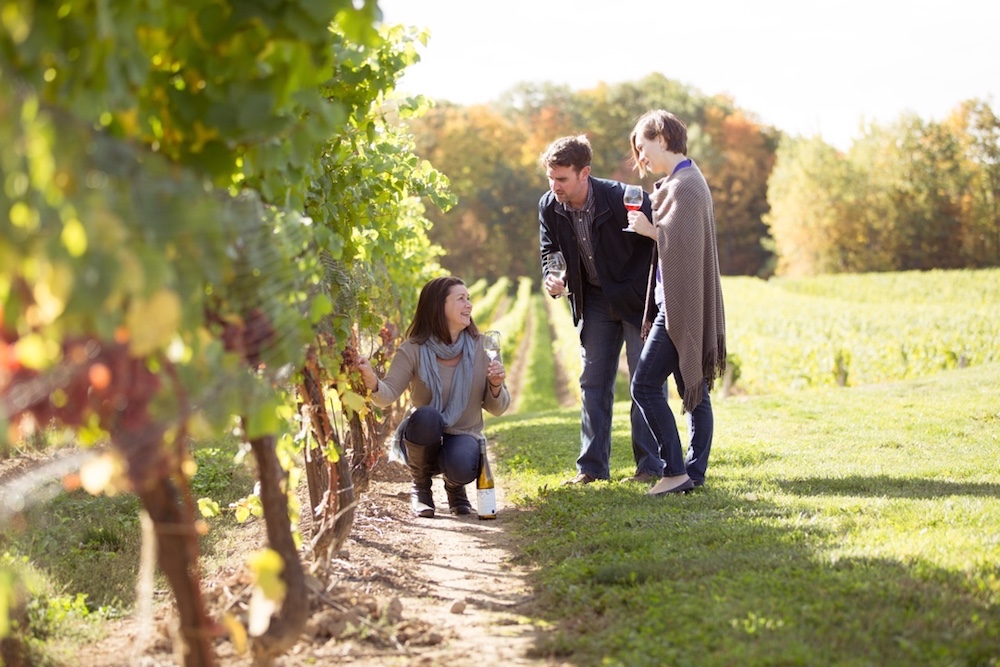






Firmly NO. The Cru system is an old world, Byzantine system created by Royalty for self interest and is out of date and out of touch with the current world of wine. It stiffles innovation and does not respect progress. The sub application system in VQA was developed so consumers would know exactly where the vineyards are located and it’s audited. Let the quality of the wine, winery, winemakers, viticulturists and location speak for itself. Not some bureaucratic board with opinion and self interest. Long live the opinion of wine drinkers and wine lovers!!! Thanks Paul Speck
Rick, thanks for such a thoughtful piece. Nice to see a balanced perspective on all this, and exhilarating to think that we have come far enough as a wine region to even consider bringing this subject up! Wonderful work here! I will save this article to re-read… and reflect upon… Thomas
Thanks, Paul. I would also add: Long live discussion and ideas, which is what this piece is about. Not many of the comments in the story want VQA or any other body involved in a tiering system, but rather, a home-made system developed by interested parties. VQA was a tough road in the beginning and follows loosely other appellation systems in the world today, many of them established 100+ years ago. Then came sub-apps in Niagara, which many still don’t like and/or think there should be more of them or some rethought. It’s all about talking, discussing and listening to new ideas. That’s my opinion.
Thank you for this article, it is great to push forward and evoke sediments that force us to challenge established norms of quality. For my two cents, I feel that we are far off the discussion of creating a ‘cru’ designation system. As mentioned above, it will be important when that day does come to take the good from the European systems and leave behind the bad. Without sounding critical of our colleagues around the province and country – who also work hard every day to grow grapes and craft wine – we still lack the cultural understanding as a whole regarding just how special the Niagara Peninsula is as a region. We need to focus on capturing that energy and getting that information out there before we can start the discussion of create further regional designations to something that the average consumer already does not understand. This starts by driving quality; this comes from focusing on varieties that work in all seasons – in all vintages. I would be more inclined to see a move to increase brix requirements for Sub-appellation status. This will drive viticultural innovation, drive growth towards the varieties that are suited for our zone. When the consumer is so intrigued by the quality of wine that they drink from Niagara that they want to know more about the zone where the grapes are grown, then we talk about a classification system. For now, we have far too much to learn and lack far too much focus.
Gabriel, Just an FYI … I did contact Cave Spring with the survey, but did not hear back. Great comments, by the way! Rick
Rick, first let me say Kudos and Thank you for putting so much thought into this piece. You presented the Yays and Nays in a constructive and informative way. Like you and many others I have given this a lot of thought. I am reminded of the inception of VQA in 1988. a group of like minded passionate wine folks gathered around a table shared a few glasses of wine and considered this question ” what steps must we take to realize our potential. Knowing the history of many of the greatest wine regions they concluded that an appellation system was an essential key to success. So they set themselves to work. Initially, VQA was a a completely voluntary system. In 2000 after 12 years of maturing ideas VQA was granted royal assent. It was made LAW! that is incredible! We all now clearly see the value of this regulatory body, though there is still some discussion ( debate) over the intricacies, We all see its value. The Sub App evolution in many ways asserted the confidence that we all had in the maturing of VQA. Although ( as a Winemaker) I too am not in favor of VQA administering a “CRU” system for vineyards and I believe a separate entity should be established. I AM in favor of once again gathering a collection of passionate individuals to discuss the potential of our wine regions. We will always ponder the simple question ” does the consumer see value or do they really even care” this is a cop out in my opinion. There ARE some that do care-though it may not be a majority, the consumers expectations and desires evolve and subtle differentiations become more meaningful to them. Just as in ALL other regions that have contemplated then realized their future there were bumps in the road, questions of prioritization of resources and effort could be criticized. I am certain that just as those that toiled for the 12 years it took to demonstrate the value of VQA, those that take the time and dedicate some energy to considering an appropriate structure for and establishing the framework for distinguishing Vineyards that demonstrate their value to our region will be rewarded.
We do not have to move quickly, but we do have move.
Brian Schmidt
All great points, Brian. I hope that at least of group of you come together over (insert favourite drink here) and at least pose the question: Is this something you want to do?
Best conversation on Ontario wines I have read in a long time. Really believe there is a strong need to recognize formally consistency in quality wine production for the industry to really excel in the world’s marketplace. The devil of course in the details. The role out of the the Ontario VQA Niagara sub appellations is case in point. Lines of marketing convenience were drawn on a geographic not geological distinction in which a line in the middle of a road not a soil type became the criteria.
So we really have a “chicken and egg” conundrum raging. What makes a grape great? Is it the terroir or the grape clone. Is it the grape or the grower? The farm or the farmer? The grower or the winemaker. The management or the marketer? Technology vs technique?
A case in point is the sad tale of the Marynissen vineyards. Generational and ownership changes have not enhanced production qualities of these 45+ year old vines.
Does corporate clout or many organizational changes make Inniskillin any better or worse?
What role does legacy and longevity play?
And of course what role do mere mortals like the consumer play in all of these calculations.
Looking back on my mere 20 years as a consumer, Ontario wines are getting more and more confusing yet paradoxically better and better. More and more expensive ($80+) and relatively cheaper and cheaper ($99 a case).
But with more and more labels, with less and less integrity. A confusing and unfair over regulated distribution system that continues to support corporate interests. The Ontario wine industry needs to focus, but place this focus on the consumer.
By all means recognize excellence. So my plea is what ever is done please keep it simple, clear and concise. Add to our understanding of this exciting industry not our confusion.
All great points, Ron. Thank you for engaging. Rick